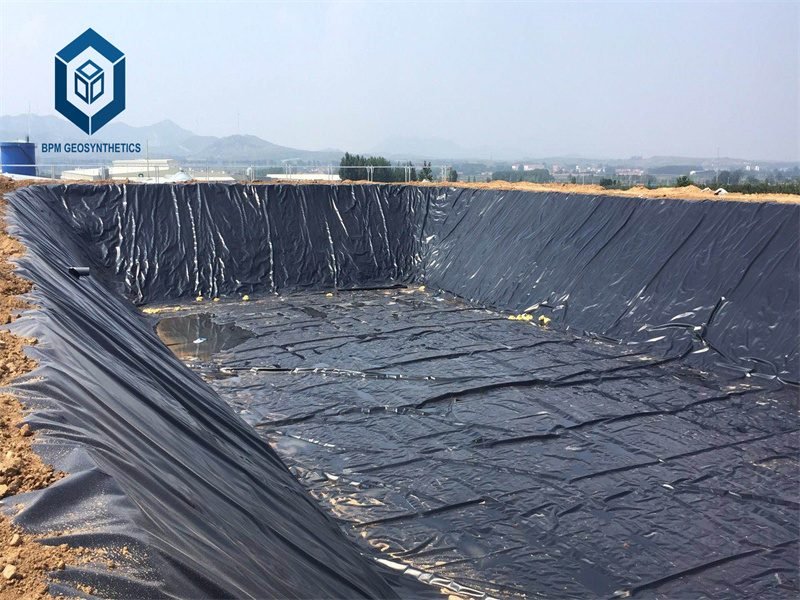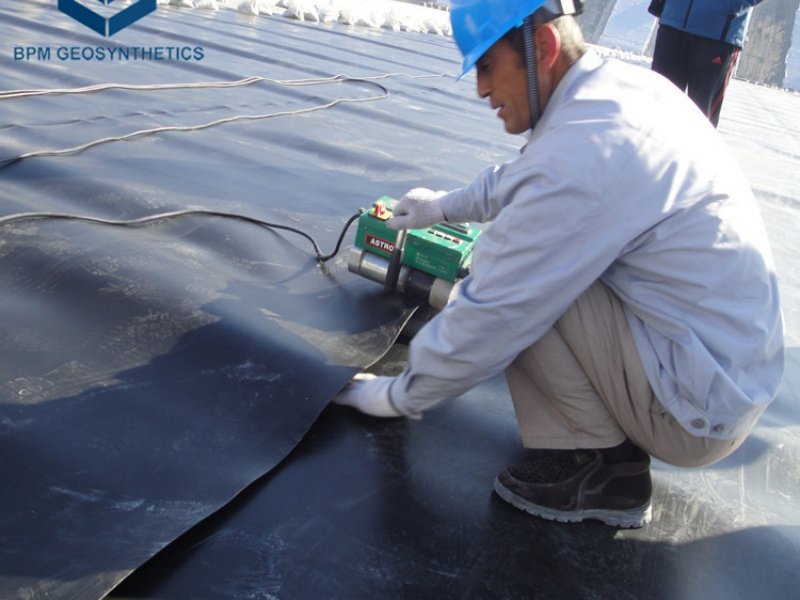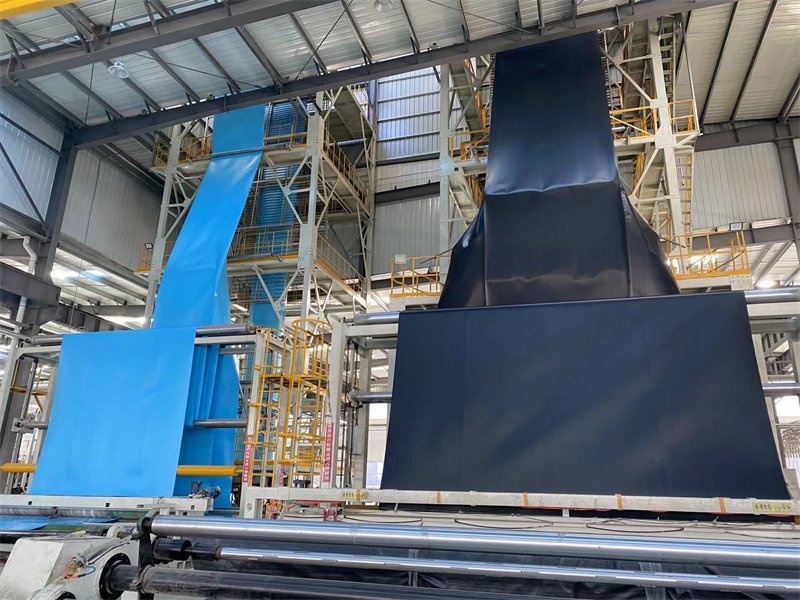Understanding 30 mil geomembrane liners (0.03-inch-thick synthetic liners) is crucial for environmental protection, water conservation, and industrial safety. These durable, impermeable barriers prevent soil contamination, groundwater pollution, and chemical leaks in landfills, mining, and agriculture. By learning about their applications—such as pond lining, wastewater containment, and spill prevention—engineers and project managers can make cost-effective, sustainable choices that comply with regulations. The 30 mil thickness offers an ideal balance of strength and affordability, making it a versatile solution across industries. Knowledge of these liners helps reduce ecological risks, improve infrastructure resilience, and support responsible resource management.
I. Introduction
A. Brief definition of a geomembrane liner
A geomembrane liner is a synthetic, impermeable membrane (typically HDPE, PVC, or EPDM) used to contain liquids, gases, or solids, preventing leakage in applications like landfills, ponds, and industrial containment systems.
B. Explanation of 30 mil thickness
The 30 mil thickness (equivalent to 0.03 inches or 0.762 millimeters) is a standard measurement for geomembrane liners and other industrial membranes, balancing durability and flexibility for containment applications.
C. Importance of understanding geomembranes in modern engineering and environmental protection
Understanding geomembranes is indispensable for addressing 21st-century challenges: balancing infrastructure growth with environmental stewardship, adapting to climate change, and ensuring resource security. By leveraging their durability, adaptability, and regulatory compliance, engineers can design systems that protect ecosystems, public health, and investments for generations to come.
II. Why Learn About 30 Mil Geomembranes?
Understanding 30 mil geomembranes is essential for professionals in engineering, environmental protection, and industrial operations because:
2.1. Critical Environmental Protection
They prevent toxic leaks in landfills, mining sites, and wastewater systems, safeguarding soil and groundwater.
2.2. Cost-Efficiency
Their optimal thickness balances durability and affordability, reducing long-term project costs.
2.3. Regulatory Compliance
Many industries legally require geomembranes to meet EPA, OSHA, and other environmental standards.
2.4. Versatile Applications
Used in ponds, agriculture, oil/gas, and construction, they offer flexible solutions for containment needs.
2.5. Sustainability Benefits
By preventing contamination, they support eco-friendly water management and pollution control.
Learning about them ensures better project planning, risk reduction, and sustainable infrastructure development.
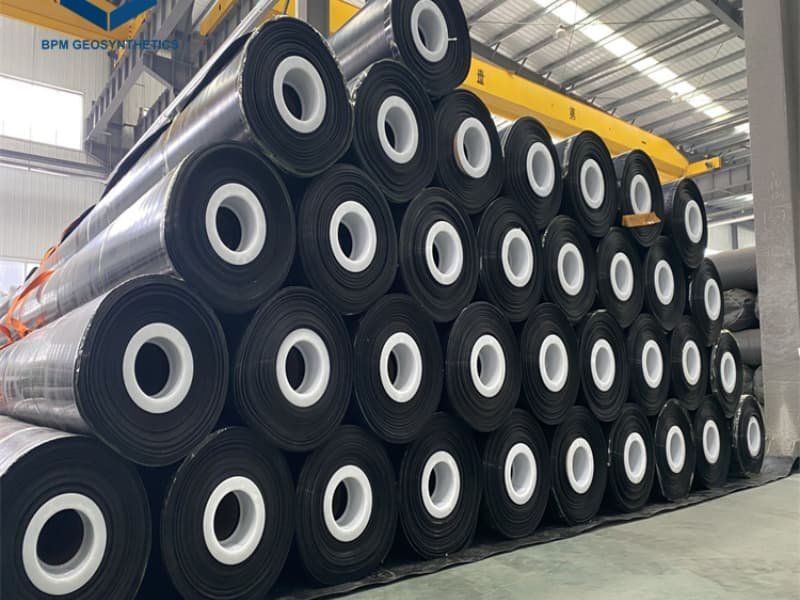
III. Key Applications and Their Importance
30 mil geomembrane liners has become a key material for solving engineering problems such as anti-seepage, isolation, and reinforcement due to its versatility and adaptability. From the safety reinforcement of water conservancy projects to the pollution control of environmental projects, from agricultural water conservation to industrial protection, its application covers many fields of human production and life. In the future, with the continuous advancement of materials science and construction technology, geomembranes will play a greater role in sustainable infrastructure construction and ecological environmental protection, and provide technical support for global response to climate change and resource shortages.
3.1. Water conservancy projects: anti-seepage reinforcement and water resource protection
3.1.1 Application scenarios:
Geomembranes are widely used in anti-seepage projects of water conservancy facilities such as earth-rock dams, silt dams, reservoirs, and channels. For example, in the water storage transformation of silt dams, composite geomembranes (such as HDPE geomembranes and geotextiles) are used to construct anti-seepage inclined walls and horizontal blankets to effectively block the seepage channel of the dam body.
3.1.2 Importance:
- Improve safety: By reducing the height of the saturation line (infiltration line), the stability of the dam body is significantly improved. For example, after the composite geomembrane was used in the reconstruction of a silt dam, the safety factor increased from 1.158 to 1.438, an increase of 28%.
- Reduce leakage loss: prevent water waste and ensure water storage function, especially suitable for water resource management in arid or semi-arid areas.
- Extend the life of the project: resist water erosion and chemical erosion, and reduce maintenance costs.
3.2. Environmental Engineering: Pollution Control and Ecological Restoration
3.2.1 Application Scenarios:
Landfill: Geomembrane is used as the core layer of the bottom liner system (composite liner) to prevent leachate from contaminating soil and groundwater.
Tailings pond: used to isolate tailings from the surrounding environment to avoid the spread of heavy metals and harmful substances.
Contaminated site remediation: construct vertical barriers (such as HDPE geomembrane walls) to block the migration path of pollutants.
Tailings pond: used to isolate tailings from the surrounding environment to avoid the spread of heavy metals and harmful substances.
Contaminated site remediation: construct vertical barriers (such as HDPE geomembrane walls) to block the migration path of pollutants.
3.2.2 Importance:
- Environmental protection: prevent the leakage of toxic and harmful substances, protect ecosystems and human health.
- Compliance requirements: meet the standards of environmental protection regulations for pollution control and reduce legal risks.
- Sustainability: support the circular economy and provide technical guarantees for the safe disposal of waste.
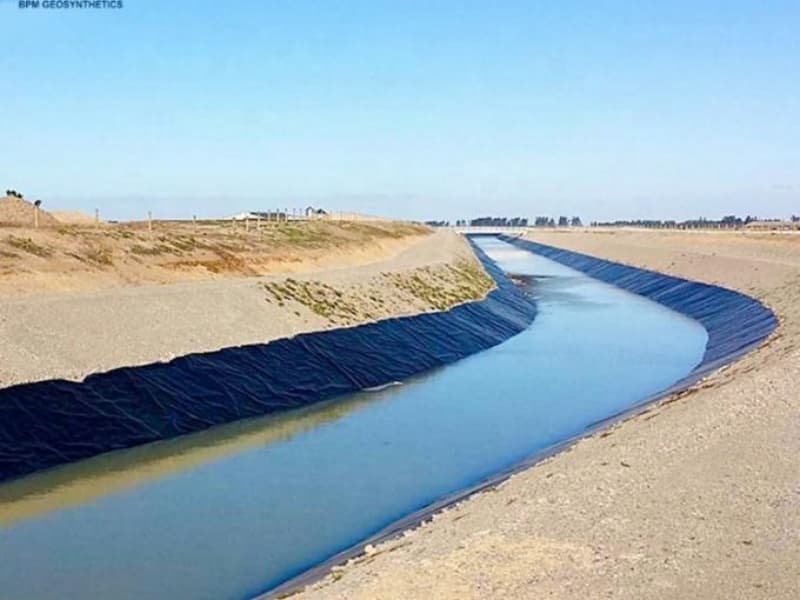
3.3. Transportation Engineering: Infrastructure Protection and Reinforcement
3.3.1 Application Scenarios:
Roads and Railways: Geomembrane is used for roadbed waterproofing to prevent groundwater from softening the roadbed or causing frost heave.
Tunnel Engineering: As a waterproof layer, it prevents groundwater from infiltrating into the tunnel structure and ensures driving safety.
Airport Runway: Isolate the impact of groundwater level changes on the runway base and reduce uneven settlement.
Tunnel Engineering: As a waterproof layer, it prevents groundwater from infiltrating into the tunnel structure and ensures driving safety.
Airport Runway: Isolate the impact of groundwater level changes on the runway base and reduce uneven settlement.
3.3.2 Importance:
- Structural stability: Avoid softening or frost heave of the roadbed caused by seepage, and extend the service life of infrastructure.
- Operational Safety: Reduce the risk of accidents such as road collapse and tunnel leakage caused by seepage.
- Cost-effectiveness: Reduce long-term maintenance and repair costs and improve return on investment.
3.4. Agricultural Engineering: Efficient Utilization of Water Resources and Soil Protection
3.4.1 Application Scenarios:
Irrigation Channels: Geomembrane lining channels to reduce leakage losses during water delivery.
Reservoirs and fish ponds: Construct anti-seepage structures to improve water resource utilization.
Saline-alkali land improvement: Reduce soil salinity and improve arable land quality by isolating underground salt water.
Reservoirs and fish ponds: Construct anti-seepage structures to improve water resource utilization.
Saline-alkali land improvement: Reduce soil salinity and improve arable land quality by isolating underground salt water.
3.4.2 Importance:
- Water saving and efficiency improvement: In arid areas, anti-seepage channels can reduce water loss by 30%-50% and improve irrigation efficiency.
- Sustainable agricultural development: Protect soil structure and prevent nutrient loss and land degradation caused by leakage.
- Economic benefits: Increase crop yields and increase farmers’ income.
3.5. Industry and energy fields: Special environmental protection
3.5.1 Application scenarios:
Chemical storage tank area: Geomembrane is used to construct a secondary anti-seepage layer to prevent chemical leakage from contaminating the soil.
Oil and gas pipelines: As an anti-corrosion coating or wrapping material, it protects pipelines from soil corrosion.
Geothermal development: In high-temperature geothermal wells, specially formulated geomembranes (such as high-temperature resistant HDPE) can withstand extreme temperatures and prevent well wall collapse.
Oil and gas pipelines: As an anti-corrosion coating or wrapping material, it protects pipelines from soil corrosion.
Geothermal development: In high-temperature geothermal wells, specially formulated geomembranes (such as high-temperature resistant HDPE) can withstand extreme temperatures and prevent well wall collapse.
3.5.2 Importance:
- Safety protection: Avoid accidents such as explosions and fires caused by chemical or oil and gas leakage.
- Resource protection: Prevent waste of geothermal resources and improve energy development efficiency.
- Compliance: Meet industrial safety standards and reduce corporate operating risks.
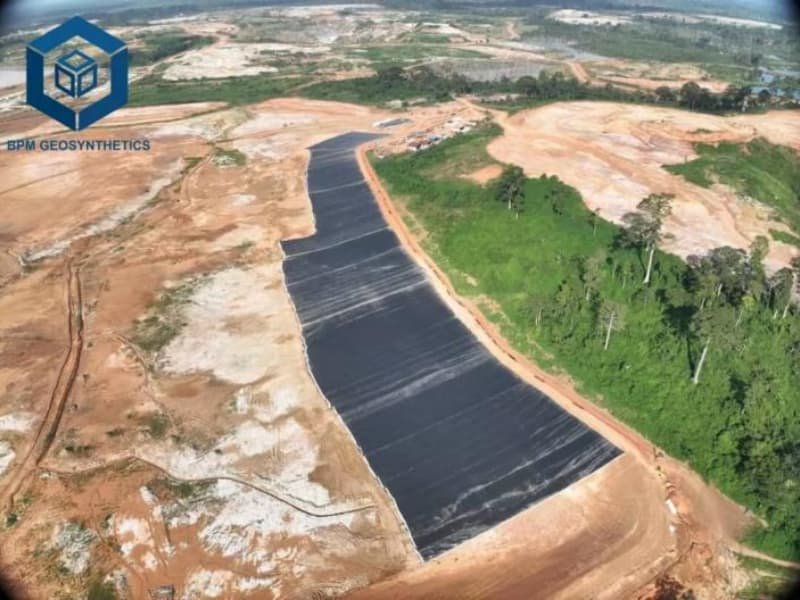
IV. Conclusion
In conclusion, a 30 mil geomembrane liner, a robust 0.76mm-thick impermeable barrier, stands out for its exceptional durability and versatility. Its applications span critical sectors including environmental protection in landfills, water conservation in ponds and canals, infrastructure reinforcement in tunnels, and industrial containment for chemicals. This material’s reliability ensures long-term safety, efficiency, and sustainability across diverse engineering challenges.

